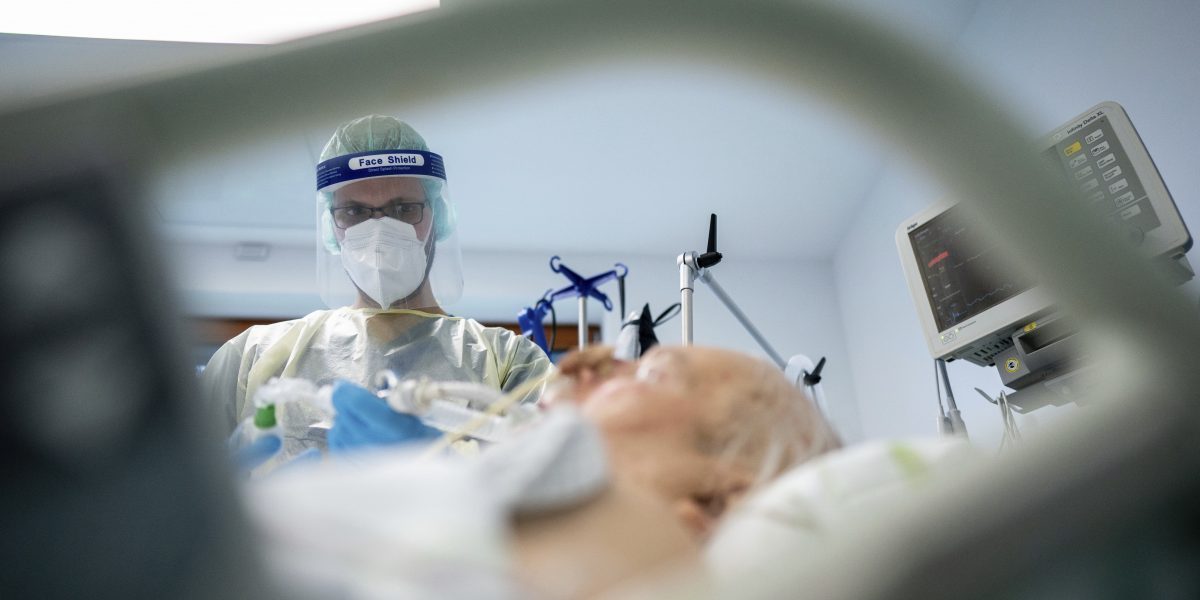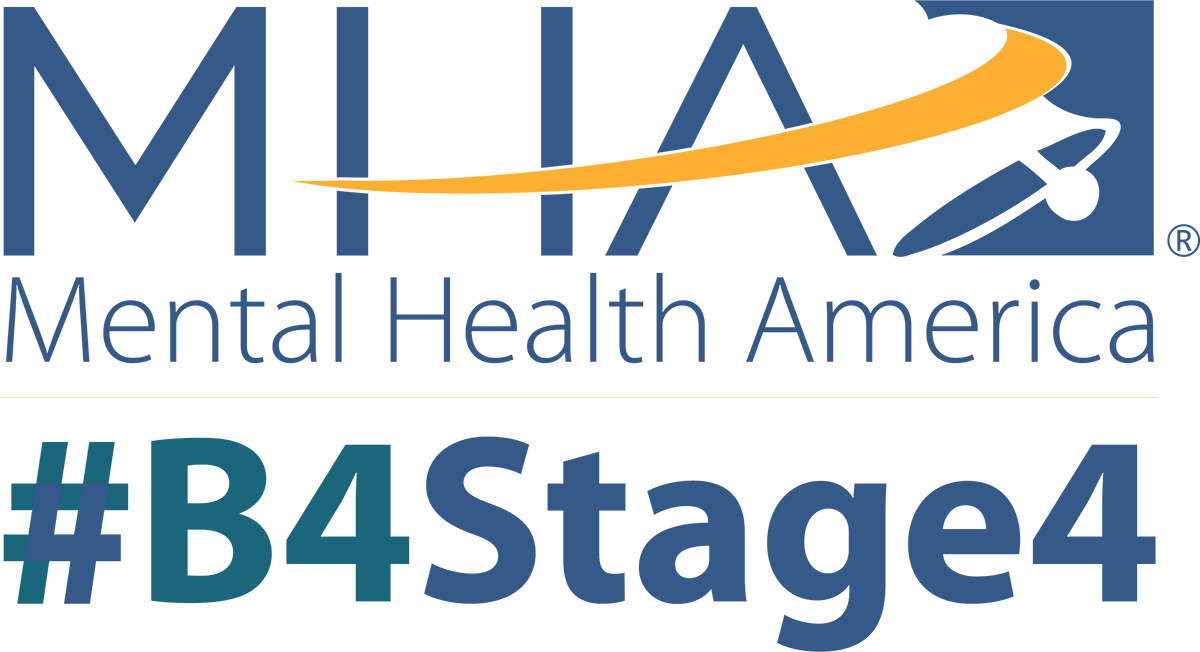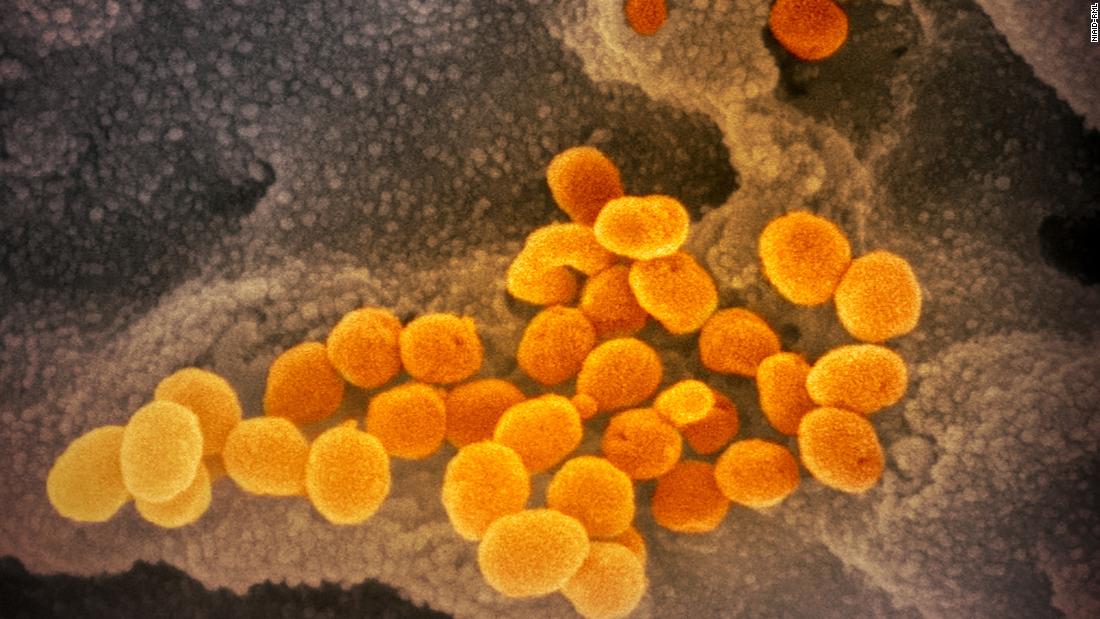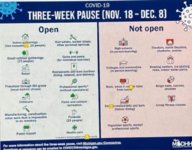The two big pharmacy chains (CVS and Walgreens) are likely developing this capacity for in store. They do have the capacity to care for and store a large number of injectable pharmaceuticals because that's part of their pharmacy benefits manager service. I wouldn't be too surprised if the big guys figure this out--at least for the sites with large population densities.It's a lot to figure out for something that needs to be distributed as widely as this. This may not be something we will end up being able to show up at CVS and ask for at a moment's notice. And the more hoops people have to jump through to get it scheduled, the slower the rollout will be, and the number of people who follow through on it will be smaller.
You are using an out of date browser. It may not display this or other websites correctly.
You should upgrade or use an alternative browser.
You should upgrade or use an alternative browser.
Neverending Covid-19 Coronavirus
- Thread starter RenegadeMonster
- Start date
LeeVing
Well-Known Member
I got a message from employee health yesterday afternoon right when I was headed out the door to take my dog to the vet - I didn't call them back yet, I will today.
It seems that I was exposed to someone that had The Corona.
With the numbers climbing like they are - I'm not surprised. It won't be long till this wipes out hospital staff and then we have to still work while being positive - as is happening in the less staffed rural areas already.
It seems that I was exposed to someone that had The Corona.
With the numbers climbing like they are - I'm not surprised. It won't be long till this wipes out hospital staff and then we have to still work while being positive - as is happening in the less staffed rural areas already.
The first cruise to return to the Caribbean has been halted after a passenger tests positive for COVID-19.
A cruise ship is the very last place I want to be right now.
A cruise ship is the very last place I want to be right now.
Djxfactor511
Well-Known Member
Things going swimmingly in Ohio...

One in five covid-19 patients are diagnosed with a mental illness within three months
Anxiety disorders, insomnia, and dementia were the most common diagnoses.
As if we didn't have enough post-COVID side effects already.
From the article:
One in five covid-19 patients are diagnosed with a mental illness within three months
Anxiety disorders, insomnia, and dementia were the most common diagnoses.www.technologyreview.com
As if we didn't have enough post-COVID side effects already.
They found that the likelihood of a covid-19 patient being diagnosed with a mental health issue for the first time was twice that of those with other conditions. Anxiety disorders, insomnia, and dementia were the most common diagnoses.
Additionally, people with a pre-existing mental health condition—specifically attention deficit hyperactivity disorder, bipolar disorder, depression, or schizophrenia—were 65% more likely to be diagnosed with covid-19.
And from the study itself:
The HR was greatest for anxiety disorders, insomnia, and dementia. We observed similar findings, although with smaller HRs, when relapses and new diagnoses were measured. The incidence of any psychiatric diagnosis in the 14 to 90 days after COVID-19 diagnosis was 18·1% (95% CI 17·6–18·6), including 5·8% (5·2–6·4) that were a first diagnosis. The incidence of a first diagnosis of dementia in the 14 to 90 days after COVID-19 diagnosis was 1·6% (95% CI 1·2–2·1) in people older than 65 years. A psychiatric diagnosis in the previous year was associated with a higher incidence of COVID-19 diagnosis (relative risk 1·65, 95% CI 1·59–1·71; p<0·0001). This risk was independent of known physical health risk factors for COVID-19, but we cannot exclude possible residual confounding by socioeconomic factors.
For me, the most important line in this is "we cannot exclude possible residual confounding by socioeconomic factors". I am leaning heavily towards this being something that happens to occur with the incidence of substantial enough Covid symptoms as to get a test (concurrence) but not necessarily the reason that they are being diagnosed with a mental health condition later (causality). I think that the reason that these people are getting more MH diagnoses is because people are getting more MH diagnoses, and is not linked to covid. Consider this study that states that MH diagnoses have been on the rise even before covid:
Even before COVID-19, the prevalence of mental illness among adults was increasing. In 2017-2018, 19% of adults experienced a mental illness, an increase of 1.5 million people over last year’s dataset

The State of Mental Health in America
Mental Health America's annual State of Mental Health Report ranks all 50 states and the District of Columbia based on several mental health and access measures.
And if you go further down, it talks about Covid implications:
The number of people looking for help with anxiety and depression has skyrocketed. From January to September 2020, 315,220 people took the anxiety screen, a 93 percent increase over the 2019 total number of anxiety screens. 534,784 people took the depression screen, a 62 percent increase over the 2019 total number of depression screens.
The number of people screening with moderate to severe symptoms of depression and anxiety has continued to increase throughout 2020 and remains higher than rates prior to COVID-19. In September 2020, the rate of moderate to severe anxiety peaked, with over 8 in 10 people who took an anxiety screen scoring with moderate to severe symptoms. Over 8 in 10 people who took a depression screen have scored with symptoms of moderate to severe depression consistently since the beginning of the pandemic in March 2020.
So, don't get too excited about this one. It just so happens there is a lot of anxiety and depression out there, especially in a population going through a pandemic.
LeSamourai
Well-Known Member

November 9 coronavirus news
The coronavirus pandemic has brought countries to a standstill. In many places, as countries reopen, Covid-19 cases are on the rise. Follow here for the latest.www.cnn.com
All that comes to mind is trump saying "Winning!"









America has the biggest, winningest numbers. NOBODY can say they have numbers like us. A lot of people are saying it.
LeeVing
Well-Known Member
I got a message from employee health yesterday afternoon right when I was headed out the door to take my dog to the vet - I didn't call them back yet, I will today.
It seems that I was exposed to someone that had The Corona.
With the numbers climbing like they are - I'm not surprised. It won't be long till this wipes out hospital staff and then we have to still work while being positive - as is happening in the less staffed rural areas already.
false alarm - we had a Covid positive patient on the floor this week - when the results of her test came up positive we started the process to move her to the Covid unit. She decided to leave against medical advice (young girl / asymptomatic).
As the unit clerk it is my job to discharge patients from the system when they leave - and that's what they use to call staff - anyone that gets in or changes something in the chart.
I only came maybe 10 feet from her as she was walking out.
I'm sure some of my co-workers were exposed before she was tested - we all wear masks all the time, but not everyone wears eye protection - and not all patients are willing to put on masks when we enter a room.
It's really just a matter of time before all bedside hospital staff get exposed. Most will be asymptomatic, but some will get very sick.
Last edited:
Glad you are okay.false alarm - we had a Covid positive patient on the floor this week - when the results of her test came up positive we started the process to move her to the Covid unit. She decided to leave against medical advice (young girl / asymptomatic).
As the unit clerk it is my job to discharge patients from the system when they leave - and that's what they use to call staff - anyone that gets in or changes something in the chart.
I only came maybe 10 feet from her as she was walking out.
I'm sure some of my co-workers were exposed before she was tested - we all wear masks all the time, but not everyone wears eye protection - and not all patients are willing to put on masks when we enter a room.
It's really just a matter of time before all bedside hospital staff get exposed. Most will be asymptomatic, but some will get very sick.
Turbo
Well-Known Member
false alarm - we had a Covid positive patient on the floor this week - when the results of her test came up positive we started the process to move her to the Covid unit. She decided to leave against medical advice (young girl / asymptomatic).
As the unit clerk it is my job to discharge patients from the system when they leave - and that's what they use to call staff - anyone that gets in or changes something in the chart.
I only came maybe 10 feet from her as she was walking out.
I'm sure some of my co-workers were exposed before she was tested - we all wear masks all the time, but not everyone wears eye protection - and not all patients are willing to put on masks when we enter a room.
It's really just a matter of time before all bedside hospital staff get exposed. Most will be asymptomatic, but some will get very sick.
Happy you're ok!
We had our own scare 2 weeks ago. My wife got a call from the public health contact tracers. She did an exam on an asymptomatic patient - a health care worker waiting for their routine biweekly test results, that ended up being positive.
I was stressed about it, since her exams are very close (my wife is an optometrist). But she wears N95's all the time and the patient herself was masked. Public health wasn't too worried either and nobody had to isolate because the safety protocols were followed.
We knew this was bound to happen, but it's stressful when you're actually faced with it. My wife's two employees were worried and got tested too, and they were negative as well. They were wearing surgical masks but were not in such close contact with the patient.
Anyway, seems like the masks worked.
LeeVing
Well-Known Member
Oregon is regressing back to take-out only for restaurants and bars - limiting people in grocery stores.
Churches are limited to 25 people.
About time. We hit our record cases yesterday of just over 1200...which isn't as bad as other states, but would only go up from there without these restrictions.
The measures include:
Limiting social get-togethers (indoors and outdoors) to no more than six people, total, from no more than two households.
Limiting restaurants and bars to take-out only.
Closing gyms and fitness organizations.
Closing indoor recreational facilities, museums, indoor entertainment activities, and indoor pools and sports courts.
Closing outdoor recreational facilities, zoos, gardens, aquariums, outdoor entertainment activities, and outdoor pools.
Limiting grocery stores and pharmacies to a maximum of 75% capacity and encouraging curbside pick-up.
Limiting retail stores and retail malls (indoor and outdoor) to a maximum of 75% capacity and encouraging curbside pick-up.
Closing venues that host or facilitate indoor or outdoor events.
Limiting faith-based organizations to a maximum of 25 people indoors or 50 people outdoors.
Requiring all businesses to mandate work-from-home to the greatest extent possible and closing offices to the public.
Prohibiting indoor visiting in long-term care facilities.
Churches are limited to 25 people.
About time. We hit our record cases yesterday of just over 1200...which isn't as bad as other states, but would only go up from there without these restrictions.
The measures include:
Limiting social get-togethers (indoors and outdoors) to no more than six people, total, from no more than two households.
Limiting restaurants and bars to take-out only.
Closing gyms and fitness organizations.
Closing indoor recreational facilities, museums, indoor entertainment activities, and indoor pools and sports courts.
Closing outdoor recreational facilities, zoos, gardens, aquariums, outdoor entertainment activities, and outdoor pools.
Limiting grocery stores and pharmacies to a maximum of 75% capacity and encouraging curbside pick-up.
Limiting retail stores and retail malls (indoor and outdoor) to a maximum of 75% capacity and encouraging curbside pick-up.
Closing venues that host or facilitate indoor or outdoor events.
Limiting faith-based organizations to a maximum of 25 people indoors or 50 people outdoors.
Requiring all businesses to mandate work-from-home to the greatest extent possible and closing offices to the public.
Prohibiting indoor visiting in long-term care facilities.
oldschoolkirby
Well-Known Member
Our school district is going back to all-remote starting the week of Thanksgiving, until at least the new year. The kids had only gone back to in-person (and only two days a week, at that) in mid-October...
Bull Shannon
Well-Known Member
It's about time.Oregon is regressing back to take-out only for restaurants and bars - limiting people in grocery stores.
Churches are limited to 25 people.
About time. We hit our record cases yesterday of just over 1200...which isn't as bad as other states, but would only go up from there without these restrictions.
The measures include:
Limiting social get-togethers (indoors and outdoors) to no more than six people, total, from no more than two households.
Limiting restaurants and bars to take-out only.
Closing gyms and fitness organizations.
Closing indoor recreational facilities, museums, indoor entertainment activities, and indoor pools and sports courts.
Closing outdoor recreational facilities, zoos, gardens, aquariums, outdoor entertainment activities, and outdoor pools.
Limiting grocery stores and pharmacies to a maximum of 75% capacity and encouraging curbside pick-up.
Limiting retail stores and retail malls (indoor and outdoor) to a maximum of 75% capacity and encouraging curbside pick-up.
Closing venues that host or facilitate indoor or outdoor events.
Limiting faith-based organizations to a maximum of 25 people indoors or 50 people outdoors.
Requiring all businesses to mandate work-from-home to the greatest extent possible and closing offices to the public.
Prohibiting indoor visiting in long-term care facilities.
Last night we checked in with our family in Seattle and decided even if we're all very cautious people, coming up there for Thanksgiving isn't in the cards. I'm pretty bummed; we're relatively cautious and haven't done much "normal" stuff even as the state's opened up, so Thanksgiving with family seemed like a well-deserved little treat.
Conversely, we still have plans to fly to Florida Christmas week (my wife lost her grandmother last Boxing Day, so we want to be there for my mother in-law, who has spent the last year or so living in g-ma's home), and I'm freakin' terrified.
bother
Well-Known Member
Oregon is regressing back to take-out only for restaurants and bars - limiting people in grocery stores.
Churches are limited to 25 people.
About time. We hit our record cases yesterday of just over 1200...which isn't as bad as other states, but would only go up from there without these restrictions.
The measures include:
Limiting social get-togethers (indoors and outdoors) to no more than six people, total, from no more than two households.
Limiting restaurants and bars to take-out only.
Closing gyms and fitness organizations.
Closing indoor recreational facilities, museums, indoor entertainment activities, and indoor pools and sports courts.
Closing outdoor recreational facilities, zoos, gardens, aquariums, outdoor entertainment activities, and outdoor pools.
Limiting grocery stores and pharmacies to a maximum of 75% capacity and encouraging curbside pick-up.
Limiting retail stores and retail malls (indoor and outdoor) to a maximum of 75% capacity and encouraging curbside pick-up.
Closing venues that host or facilitate indoor or outdoor events.
Limiting faith-based organizations to a maximum of 25 people indoors or 50 people outdoors.
Requiring all businesses to mandate work-from-home to the greatest extent possible and closing offices to the public.
Prohibiting indoor visiting in long-term care facilities.
I wish PA would do this— too bad it’s been insanely politicized here, well I guess like everywhere.
Jan
Well-Known Member
Here is an interesting article about what does not get too much press, namely how covid anx the accompanying recession hits third world countries


The Great Lockdown hits the Third World hard
Subscribers // by Gilbert Achcar (Le Monde diplomatique - English edition, November 2020)
mondediplo.com
